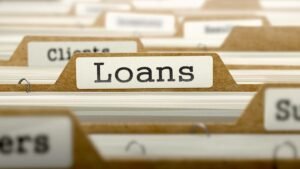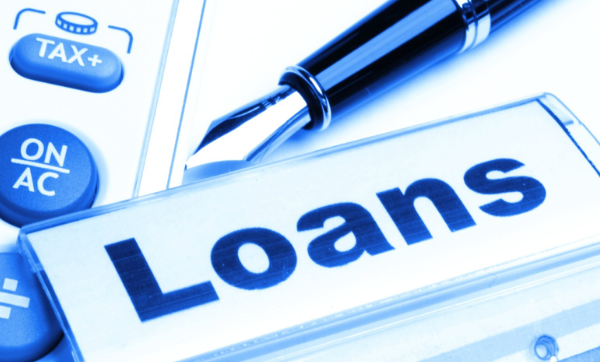|
Getting your Trinity Audio player ready...
|
Borrowing money can provide financial relief when you need it most, but repaying those loans can sometimes feel like a daunting task. Whether you’re dealing with student loans, credit card debt, or a personal loan, this article will guide you through the best ways to pay back loans efficiently and responsibly. By understanding your options and developing a repayment strategy, you can regain control of your finances and work towards a debt-free future.
Create a Budget: Your Roadmap to Repayment
Assess Your Financial Situation
Before you can formulate a repayment plan, it’s crucial to have a clear picture of your financial situation. Calculate your total debt, including interest rates and monthly minimum payments. This assessment will help you understand the scope of your debt and plan accordingly.
Establish a Comprehensive Budget
Create a detailed budget that outlines your monthly income and expenses. Factor in essential costs such as rent or mortgage, utilities, groceries, and transportation. Allocate a portion of your income to debt repayment while ensuring you have enough for living expenses and savings.
Prioritize High-Interest Debt: Tackle the Costliest Loans First
The Avalanche Method
Consider using the “avalanche method” to prioritize high-interest debt. In this approach, you focus on paying off the loan with the highest interest rate first while making minimum payments on others. Once the highest-interest loan is paid off, move to the next one, and so on. This method minimizes the overall interest you’ll pay.
The Snowball Method
Alternatively, you can opt for the “snowball method.” With this strategy, you start by paying off the smallest loan balance first while making minimum payments on larger debts. As you eliminate smaller loans, you gain a sense of accomplishment and motivation to tackle larger ones.
Explore Loan Repayment Plans
Federal Student Loans
If you have federal student loans, consider income-driven repayment plans like Income-Based Repayment (IBR) or Pay As You Earn (PAYE). These plans adjust your monthly payments based on your income and family size, ensuring they remain affordable.
Loan Consolidation
Consolidating multiple loans into one can simplify repayment, especially if you have federal student loans. Consolidation may also extend your repayment term, reducing your monthly payments, but potentially increasing the total interest paid over time.

Make Extra Payments: Accelerate Your Debt Reduction
Allocate Windfalls
Whenever you receive unexpected windfalls, such as tax refunds, work bonuses, or gifts, consider putting a portion of that money toward loan repayment. These lump-sum payments can significantly reduce your debt.
Pay Biweekly
Rather than making monthly payments, consider switching to a biweekly payment schedule. This results in 26 half-payments each year, equivalent to 13 full payments. Over time, this extra payment can reduce your principal balance and save on interest.
Increase Your Income: Boost Your Debt-Repayment Power
Side Hustles
Explore opportunities for side gigs or part-time work to increase your income. Earnings from side hustles can be dedicated solely to debt repayment, accelerating your progress.
Negotiate a Raise
Consider negotiating a raise with your current employer or seeking a higher-paying job. An increase in income can help you meet your loan repayment goals more efficiently.
Seek Professional Advice: Consult Experts for Guidance
Credit Counseling
If you’re struggling to manage multiple debts, credit counseling agencies can provide valuable guidance. They can help you create a manageable repayment plan and negotiate with creditors on your behalf.
Debt Consolidation Loans
In some cases, a debt consolidation loan may be a viable option. These loans allow you to combine multiple debts into one, potentially securing a lower interest rate and a fixed monthly payment.
Avoid Common Pitfalls: Stay on Track
Discipline
Maintaining discipline is essential when repaying loans. Avoid accumulating additional debt, such as credit card balances or new loans, while you’re focused on repayment.
Emergency Fund
Build and maintain an emergency fund to cover unexpected expenses. This financial cushion can prevent you from relying on credit cards or loans in times of crisis.
Celebrate Milestones: Recognize Your Progress
Milestone Celebrations
As you reach significant milestones in your debt repayment journey, take a moment to celebrate your progress. Treat yourself to a small reward or a special experience to stay motivated.
Tracking Tools
Use budgeting and debt-tracking tools and apps to monitor your progress. Visualizing your debt reduction can provide a sense of accomplishment and motivate you to continue working toward your financial goals.
Conclusion
Paying back loans may seem challenging, but with a well-structured plan and commitment, you can regain financial freedom. Create a comprehensive budget, prioritize high-interest debt, explore repayment plans, and consider making extra payments or increasing your income. Seek professional advice when needed, and most importantly, stay disciplined and avoid common pitfalls.
Remember that every step you take brings you closer to a debt-free future. By following these best practices and maintaining a positive mindset, you can conquer your loans and build a more secure financial future for yourself.





